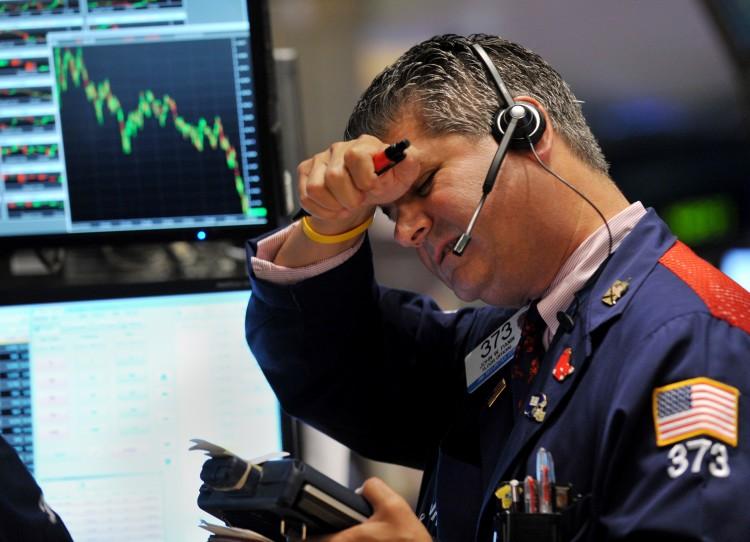Commentary
With markets crashing down—and up—seemingly every other day, the only certainty in the markets right now is that there’s none to be found, anywhere in the world.

With markets crashing down—and up—seemingly every other day, the only certainty in the markets right now is that there’s none to be found, anywhere in the world.